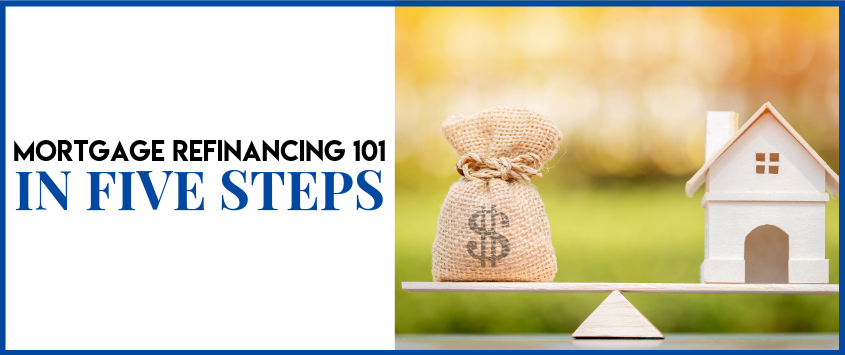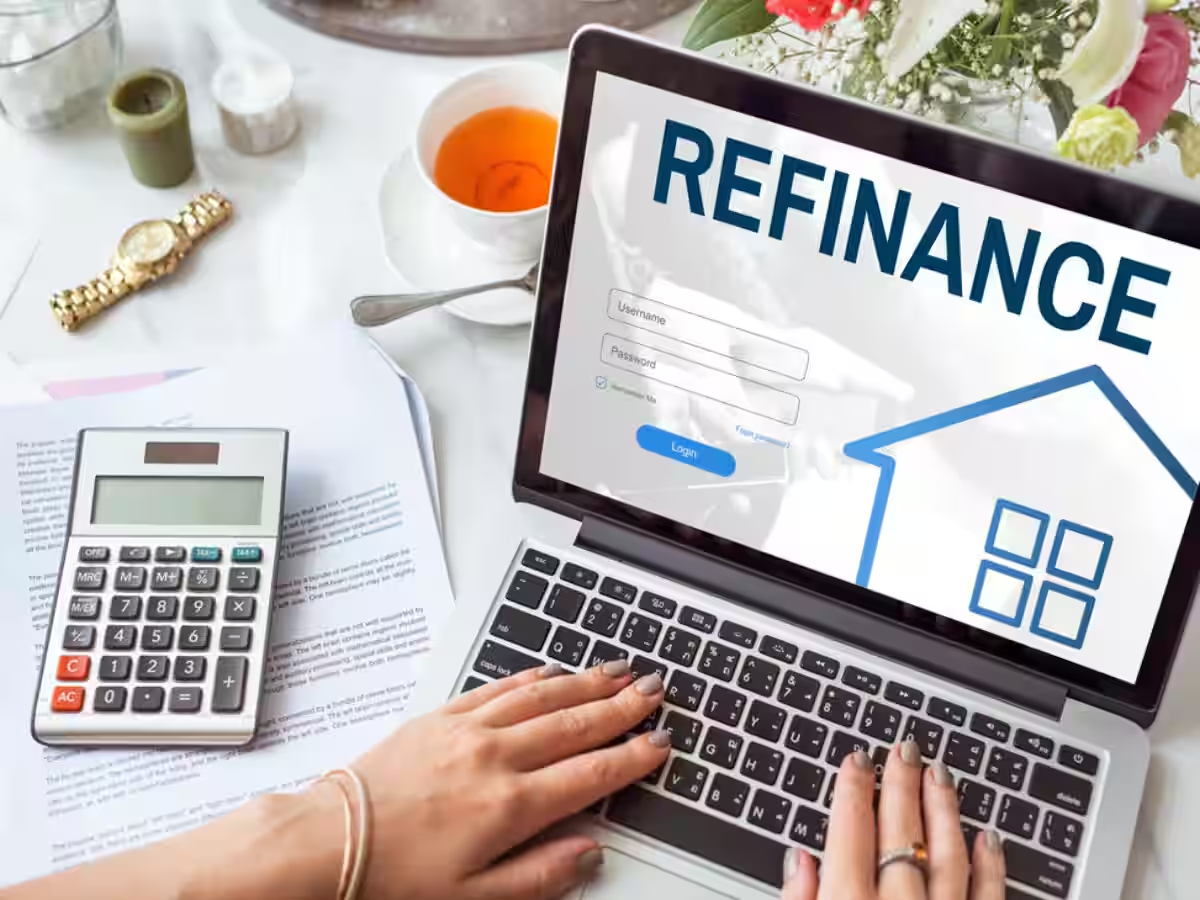Refinancing your mortgage can be a powerful financial tool—lowering your interest rate, reducing your monthly payments, or even helping you pay off your home faster. But refinancing isn’t always the right choice for everyone.
In this in-depth guide, we’ll break down when mortgage refinancing makes sense, how to do it, and common mistakes to avoid.
What is Mortgage Refinancing?
Mortgage refinancing is the process of replacing your existing mortgage with a new loan, typically with better terms. The new loan pays off your old mortgage, and you start making payments on the new one.
People refinance their mortgages for several reasons:
✔ To get a lower interest rate
✔ To reduce their monthly payments
✔ To switch from a 30-year loan to a 15-year loan
✔ To tap into home equity (cash-out refinancing)
✔ To switch from an adjustable-rate mortgage (ARM) to a fixed-rate mortgage
When Does It Make Sense to Refinance?
Refinancing isn’t always beneficial, but here are some situations where it can be a smart financial move.
1. Interest Rates Have Dropped
The most common reason homeowners refinance is to secure a lower interest rate.
💡 Example:
- If your current mortgage is 6% and you refinance to 4%, your monthly payments will drop, and you’ll save thousands over time.
✔ Good rule of thumb: If interest rates have fallen by 1% or more, refinancing is worth considering.
2. You Want to Lower Your Monthly Payment
Refinancing can help if your current mortgage payment is too high and you need more breathing room in your budget.
💡 Example:
- You have a $250,000 loan at 6% with a $1,499 monthly payment.
- Refinancing to 4.5% interest could lower your payment to $1,266—saving you $233 per month!
3. You Want to Pay Off Your Mortgage Faster
If you can afford slightly higher monthly payments, switching from a 30-year mortgage to a 15-year mortgage can save you hundreds of thousands in interest.
💡 Example:
- A $300,000 loan at 6% for 30 years costs $347,514 in interest.
- A 15-year loan at 5% costs only $126,582 in interest.
- Total savings = Over $220,000!
✔ Best for: Homeowners who want to be debt-free faster and save big on interest.

4. You Need Cash for Other Expenses (Cash-Out Refinancing)
A cash-out refinance allows you to borrow against your home’s equity and receive cash for expenses like:
✔ Home renovations
✔ Debt consolidation
✔ Education expenses
✔ Investment opportunities
💡 Example:
- Your home is worth $400,000, and you still owe $200,000.
- You refinance for $300,000 and take out $100,000 in cash.
- You now have a new mortgage for $300,000 and can use the cash however you want.
✔ Best for: Homeowners who need funds and have built-up equity in their homes.
5. You Want to Switch from an Adjustable-Rate Mortgage (ARM) to a Fixed-Rate Mortgage
If you have an ARM (Adjustable-Rate Mortgage), your interest rate can increase unexpectedly. Refinancing to a fixed-rate mortgage ensures your payments remain stable.
💡 Example:
- You have an ARM starting at 4%, but after a few years, your rate jumps to 7%.
- Refinancing to a fixed 5% loan can provide stability and protect you from future rate hikes.
✔ Best for: Homeowners who want predictable, steady payments.
When Refinancing May NOT Be a Good Idea
✔ 1. If You Plan to Move Soon
Refinancing has closing costs, typically 2-5% of the loan amount. If you’re moving in the next 1-3 years, you may not break even on these costs.
✔ 2. If You Have a Low Credit Score
A lower credit score can result in higher interest rates, meaning refinancing won’t save you much.
✔ 3. If You’re Extending the Loan Term Too Much
Refinancing from a 15-year to a 30-year loan may lower your monthly payment, but you’ll pay much more in interest over time.
✔ 4. If Refinancing Fees Are Too High
Closing costs, appraisal fees, and loan origination fees can add up quickly. Always compare your savings vs. the refinancing costs before making a decision.

How to Refinance Your Mortgage in 5 Easy Steps
✅ Step 1: Check Your Credit Score
A higher credit score (700+) gets you the best interest rates.
✅ Step 2: Determine Your Goal
✔ Lower your rate?
✔ Reduce your payment?
✔ Pay off faster?
✔ Get cash out?
✅ Step 3: Shop for the Best Rates
Compare rates from multiple lenders to get the best deal.
✅ Step 4: Calculate the Costs and Savings
Use a mortgage refinancing calculator to see if it’s worth it.
✅ Step 5: Apply for the New Loan and Close
Once approved, you’ll pay closing costs, sign new documents, and start making payments on your new loan.
Real-Life Example: How Refinancing Saved a Homeowner $75,000
Emily bought a house in 2015 with a 30-year loan of $250,000 at 6.5%. Her monthly payment was $1,580.
In 2023, rates dropped, and she refinanced to 4.5% interest.
✔ Her new monthly payment: $1,267
✔ Total interest saved: $75,000
✔ Loan paid off 4 years early
🎉 Emily will now save thousands of dollars and own her home sooner!
Final Thoughts: Is Refinancing Right for You?
✅ Refinancing makes sense if:
✔ Interest rates have dropped significantly
✔ You want to lower your monthly payment
✔ You want to pay off your mortgage faster
✔ You need cash for important expenses
Next Step: Use our mortgage refinancing calculator to see how much you can save!

Leave a Reply